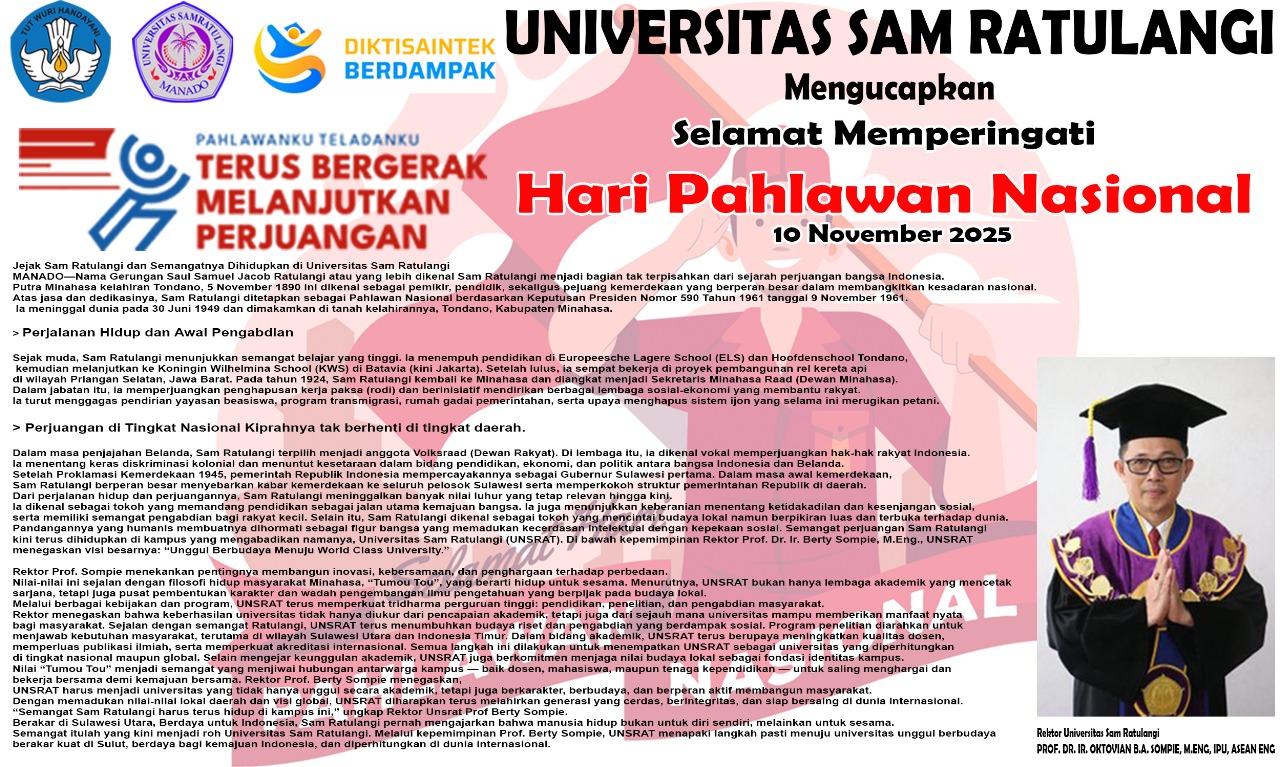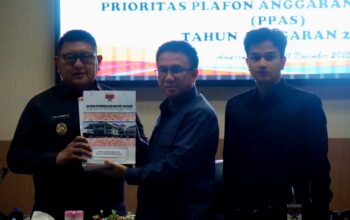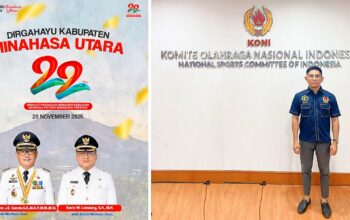Building upon the foundational insights from The Role of Mythology in Modern Game Design, this article explores how mythology not only influences overarching narratives but also intricately shapes individual character development within games. By weaving mythological motifs, archetypes, and symbolic elements into character creation, game developers craft nuanced personalities that resonate deeply with players and enrich the storytelling experience. Understanding these connections offers valuable perspectives for both creators and players seeking more immersive and meaningful gaming worlds.
- The Archetypes: Mythological Foundations of Character Roles
- Mythology as a Character Creation Tool: Designing Depth and Complexity
- Symbolism and Motifs: Embedding Mythological Elements into Character Design
- Cultural Contexts and Diversity: Broadening Character Perspectives through Mythology
- Mythological Narratives as Character Development Frameworks
- Non-Obvious Dimensions: Psychological and Ethical Layers Inspired by Mythology
- Bridging Back to Game Design: Integrating Character and Myth for Holistic Experience
The Archetypes: Mythological Foundations of Character Roles
Mythology provides a rich repository of archetypes—universal character types that recur across cultures and stories. In gaming, these archetypes serve as foundational templates that guide character design and influence player expectations. Common archetypes such as the hero, mentor, and trickster originate from various mythologies, including Greek, Norse, and Asian traditions, and have evolved into complex figures within game narratives.
For instance, the hero archetype, rooted in mythic journeys like that of Hercules or Odysseus, appears in protagonists such as Link from The Legend of Zelda or Kratos from God of War. These characters embody traits of bravery, sacrifice, and growth, engaging players emotionally by mirroring deep-seated cultural narratives.
The mentor, exemplified by figures like Merlin or Athena, provides guidance and wisdom, often serving as a moral compass. Trickster archetypes, such as Loki or Anansi, introduce chaos and challenge, encouraging players to reconsider morality and strategy. These archetypes, derived from myth, set expectations that deepen engagement and facilitate emotional investment.
Mythology as a Character Creation Tool: Designing Depth and Complexity
Developers harness mythological stories and symbols to craft characters with compelling backstories and layered personalities. Incorporating mythological elements allows creators to imbue characters with innate traits that resonate universally, fostering immediate recognition and empathy.
For example, a character inspired by the Norse myth of Fenrir might embody themes of chaos and uncontrollable power, influencing their personality traits and motivations. Such myth-inspired backstories add depth, making characters more relatable and memorable.
Furthermore, integrating mythological symbols—like the phoenix representing rebirth or the labyrinth symbolizing confusion and journey—enhances character arcs. This symbolism guides the character’s development through challenges, aligning their growth with mythic themes that players recognize instinctively.
Symbolism and Motifs: Embedding Mythological Elements into Character Design
Visual and narrative symbolism rooted in myth reinforces character identity and narrative significance. Designers often incorporate mythological motifs—like the Ouroboros for eternity or the Lotus for purity—into costumes, weapons, or character art to evoke specific qualities.
For instance, the character of Amaterasu in the game Okami reflects Japanese mythology, with her divine sun goddess motif visually represented through radiant symbols and a sun disc. Such motifs not only deepen visual appeal but also serve as narrative anchors, indicating transformation or pivotal moments.
Case studies reveal how characters like Kratos or Ares utilize mythological symbols—like the Spartan helmet or the war god’s thunder—to evoke specific emotional and cultural associations, enriching the storytelling.
Cultural Contexts and Diversity: Broadening Character Perspectives through Mythology
Incorporating diverse mythologies broadens character representation, offering players a richer tapestry of cultural narratives. This approach fosters inclusivity and authenticity, reflecting the global nature of gaming audiences.
For example, games like Okami draw from Japanese Shinto myths, while titles like Assassin’s Creed explore Egyptian, Norse, and Middle Eastern legends. These diverse influences help create characters that resonate across different cultural backgrounds, promoting a sense of belonging and respect.
However, integrating multiple mythologies presents challenges, such as avoiding cultural misappropriation and ensuring respectful representation. Thoughtful research and collaboration with cultural experts are essential for authentic portrayals, which ultimately enhance player trust and engagement.
Mythological Narratives as Character Development Frameworks
Many games utilize mythic story structures—the hero’s journey, for example—as scaffolding for character arcs. These structures provide a familiar narrative rhythm that guides character growth, challenge, and resolution.
In The Witcher 3, Geralt’s story echoes mythic themes of redemption and destiny, with his encounters reflecting stages of the hero’s journey. Similarly, in Hades, Zagreus’ repeated attempts at escape mirror mythic cycles of trial and rebirth, emphasizing perseverance and self-discovery.
Using mythic frameworks helps developers craft coherent, compelling character evolutions that resonate with players’ innate understanding of stories rooted in myth. This alignment fosters emotional engagement and enhances narrative cohesion.
Non-Obvious Dimensions: Psychological and Ethical Layers Inspired by Mythology
Mythology often explores moral dilemmas and inner conflicts, providing a rich source of psychological archetypes that influence character motivations. Characters inspired by myth can embody complex ethical struggles—such as sacrifice versus self-interest—that deepen narrative layers.
Psychological archetypes like the Shadow, the Anima/Animus, or the Self from Carl Jung’s theories find expression in myth-inspired characters, revealing internal conflicts. For example, a hero confronting their shadow may grapple with moral ambiguity, prompting players to reflect on their own values.
These ethical and psychological dimensions foster player empathy and investment, as players navigate characters’ moral choices within mythic frameworks. This depth enhances narrative complexity and overall game engagement.
Bridging Back to Game Design: Integrating Character and Myth for Holistic Experience
Successfully integrating mythological authenticity with innovative gameplay requires careful balancing. Developers should ensure that myth-inspired character traits and narratives serve the gameplay mechanics, creating a cohesive universe that feels both meaningful and dynamic.
For example, character abilities rooted in myth—such as Odin’s ravens granting knowledge or Anubis’ connection to the afterlife—can influence game mechanics, reinforcing thematic coherence. This synergy enhances immersion and emphasizes the mythic foundation of the game universe.
Furthermore, character development should reflect mythic themes of transformation, sacrifice, and growth, reinforcing the narrative’s emotional impact. When executed well, these elements elevate the entire game experience, making it more memorable and authentic.
“Mythology’s power lies in its ability to connect personal stories with universal truths, creating characters that embody timeless human experiences—an essential ingredient in compelling game narratives.”

















